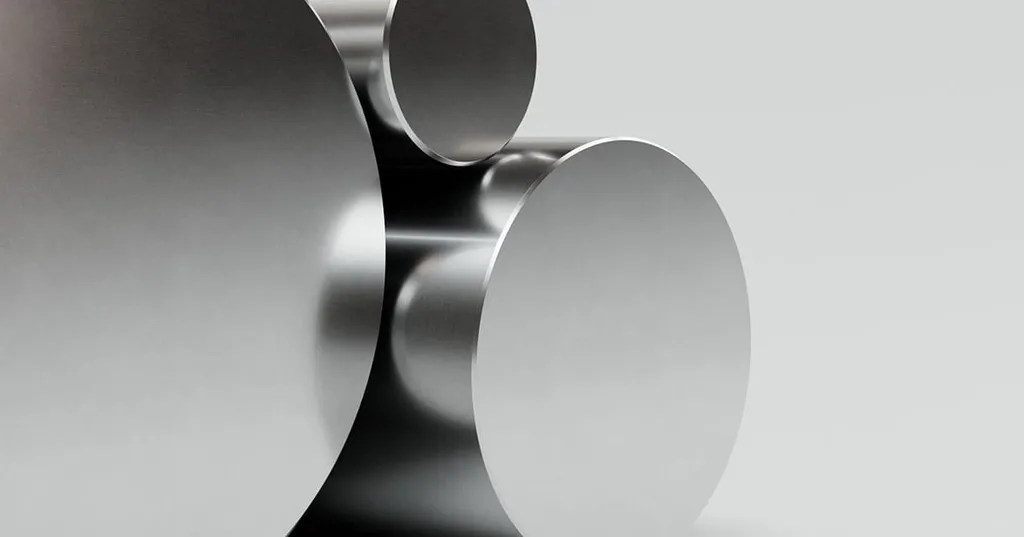In the relentless pursuit of materials that can withstand the punishing conditions of marine environments, researchers have made a significant breakthrough. A team led by Mingze Wang from the Key Laboratory for Anisotropy and Texture of Materials at Northeastern University in China has developed a novel eutectic high-entropy alloy (EHEA) that combines exceptional compressive strength with superior corrosion resistance. This advancement, published in the journal *Materials Futures* (which translates to *Materials of the Future*), could have profound implications for the energy sector, particularly in offshore drilling and renewable energy infrastructure.
The alloy in question, Fe30Cr15V15Ni20Al20, undergoes a series of solid solution and aging treatments to achieve its remarkable properties. “We achieved a superior combination of mechanical property and corrosion resistance through hierarchical precipitation of nanosized B2 (NiAl) and L21 (Fe2CrV) phases within the BCC matrix and B2 phases, respectively,” Wang explained. This intricate microstructural design results in an ultrahigh compressive strength with a yield strength of 2330 MPa and an ultimate strength of 3050 MPa, coupled with a remarkable compressive strain of 28%.
The alloy’s exceptional strain hardening is attributed to a sequence of synergistic strain-hardening mechanisms. The first stage involves precipitation hardening, while the second stage is driven by Lomer–Cottrell locks and misfit dislocations induced by coherent interfaces. This dual-stage hardening process ensures that the material can withstand extreme mechanical stresses without failing.
Beyond its mechanical prowess, the alloy also demonstrates excellent corrosion resistance. With a low corrosion current density of 6.42 × 10^-6 A cm^-2 and stable passive film formation, it is well-suited for harsh marine environments. “The alloy’s ability to resist corrosion is crucial for applications in offshore drilling platforms and other marine structures,” Wang noted. “This balance of mechanical strength and corrosion resistance is exactly what the industry has been looking for.”
The implications for the energy sector are substantial. Offshore drilling platforms, wind turbines, and other marine infrastructure require materials that can endure both mechanical stress and corrosive environments. The development of this EHEA could lead to more durable and reliable structures, reducing maintenance costs and enhancing safety. Additionally, the novel microstructural design strategy employed in this research could pave the way for the development of other advanced materials tailored for specific applications.
As the energy sector continues to push the boundaries of exploration and renewable energy deployment, the need for innovative materials will only grow. This research, published in *Materials Futures*, represents a significant step forward in meeting those needs. By achieving a balance between mechanical strength and corrosion resistance, the team led by Wang has opened up new possibilities for the future of marine and offshore engineering. The energy sector can look forward to more robust and efficient infrastructure, thanks to this groundbreaking development.

